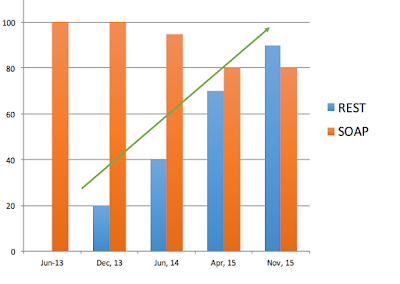 I am sure by now, you like me would have given up remembering 1001 username and passwords for each different site that you visit and would be simply benefiting from using your "Social Identity" while registering / signing in to your favourite news, music or online shopping site.
I am sure by now, you like me would have given up remembering 1001 username and passwords for each different site that you visit and would be simply benefiting from using your "Social Identity" while registering / signing in to your favourite news, music or online shopping site. This trick/technique of sign in with social identity has become extremely popular because it is beneficial for all the three parties involved in the picture. Let's see how and maybe these benefits will also encourage you to use social identity if not already!
1. For You, The King - Multiple advantages. Firstly, it saves your time registering for a new account on a website specially those which you might use rarely. Secondly, it also saves you from remembering the passwords of those sites you will visit regularly. Thirdly, if you are already signed-in to your social identity provider, signing in into other sites becomes a single click approach. Finally, in some cases, it provides a simple mechanism for you to import your photos (from say Facebook) into a photo manipulation service or also share your Quora post among friends on Facebook
2. For your favourite news site - They don't have to implement a complex registeration/sign-in mechanism of their own and can benefit from the fact that you usually would already have an account with at-least one of the popular social identity providers. Also, some of them sneak in other benefits and ask you to provide additional permissions to view all your friends so that they can reach out to them and to the extreme level, post on your behalf on your timeline or twitter feed. In some cases as I talked above, this can also be mutually beneficial to you to import your comment or share your post on another site but you need to be very careful before allowing any such additional access
3. For the social identity provider - Putting in a phrase - it's making them popular among more people and their presence in more places so that they can make more money through ads :-)
Of course, since all the top companies out there are using this approach, it better be secure. Sure it is. This social identity login is based on a sophisticated Authorization Framework called OAuth2. The introduction of the OAuth spec reads
The OAuth 2.0 authorization framework enables a third-party application to obtain limited access to an HTTP service, either on behalf of a resource owner by orchestrating an approval interaction between the resource owner and the HTTP service, or by allowing the third-party application to obtain access on its own behalf
Ok, I know many of us will stop after reading the intro of the spec, but wait lets simplify this - focus on the three red words above - third-party application, HTTP service and the resource owner.
The third party application here is your favourite news site - it is the third party both with respect to you and Facebook whose login you will use. The HTTP service is Facebook or any other social identity provider - it is a web service in itself. You, The King is the resource owner - you are called so since you are the one who is trying to sign in and after which whose resources i.e information be as little as your name/email (notice the word limited access) or as much as your complete profile and photos (still limited if you really think what all Facebook knows of you) will be shared
Now, the above intro basically becomes (ignore the approval part for now)
OAuth is a authorization technique which enables a news site (third-party application) to obtain limited access to Facebook (HTTP service), on behalf of You (resource owner). This access allows the news site
to do different things based on how limited access it has - be it from fetching your name/email from Facebook to register/sign in into itself or
posting the comment you added on a news article to your Facebook timeline
Sounds interesting? We'll cover how this is achieved in our next post!
